[Article]: Weighing in Explosive or Hazardous Environments: ATEX-Certified Equipment
In industries where explosive gases, dust, or volatile chemicals are present, weighing equipment must meet strict safety standards to prevent ignition risks. ATEX-certified weighing systems are engineered for safe use in such hazardous zones. Here's what you need to know to ensure compliance and operational safety.
What Is ATEX Certification?
ATEX (from the French Atmosphères Explosibles) is a European directive that governs the design and use of equipment in potentially explosive atmospheres. Devices are classified into Zone 0, 1, 2 (for gases) and Zone 20, 21, 22 (for dust) depending on the frequency and duration of the presence of explosive substances. To be compliant, weighing equipment must be rigorously tested to ensure it does not become a source of ignition, even under fault conditions.
Industries That Require ATEX Weighing Equipment
- Chemical plants: Flammable liquids and vapors are common, requiring intrinsically safe systems for batching and mixing.
- Oil and gas refineries: Equipment must be certified for Zone 1 or Zone 2 areas where hydrocarbons are present.
- Food production (e.g., flour, sugar): Fine powders can become highly combustible in confined environments, especially in silos and mixing areas.
- Pharmaceutical manufacturing: Organic dusts and solvents create explosion risks during weighing and formulation processes.
- Mining and recycling: Presence of flammable gases or dust requires robust, certified weighing equipment underground or in waste processing lines.
Features of ATEX Weighing Equipment
- Intrinsically safe load cells and indicators: Designed to limit energy and heat, preventing sparks in explosive atmospheres.
- Explosion-proof enclosures: Enclosures are engineered to contain and isolate any internal ignition without allowing it to ignite the external environment.
- Anti-sparking materials: Components are made from non-ferrous metals and other materials that minimize frictional heat or mechanical sparks.
- Compliance with IECEx and ATEX standards: Some devices are dual-certified, expanding their usability in global hazardous area classifications.
- Sealed connectors and cabling: Prevents the ingress of gases or dust into the electronics, supporting long-term operational safety.
Installation and Maintenance Considerations
- Follow zone classification maps when selecting equipment location.
- Ensure technicians are trained in ATEX installation and inspection protocols.
- Use only certified accessories, such as barriers and power supplies, in hazardous zones.
- Schedule regular safety audits and compliance checks as required by law and insurance providers.
Conclusion
ATEX-certified weighing systems play a crucial role in maintaining safety, compliance, and operational continuity in explosive or hazardous environments. By investing in properly certified equipment and following best practices for installation and maintenance, your business can protect personnel, avoid fines, and build trust with regulators and partners. Always choose ATEX-approved solutions when operating in classified zones.













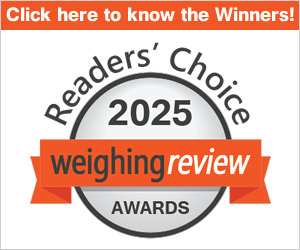
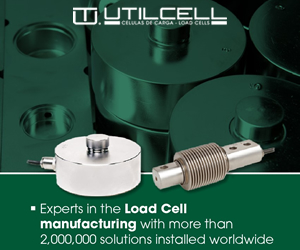
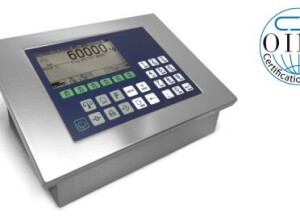


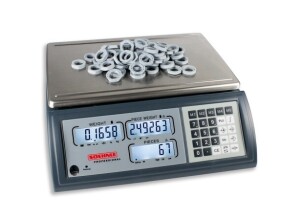
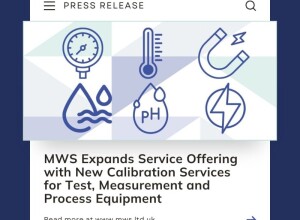







Interested? Submit your enquiry using the form below:
Only available for registered users. Sign In to your account or register here.